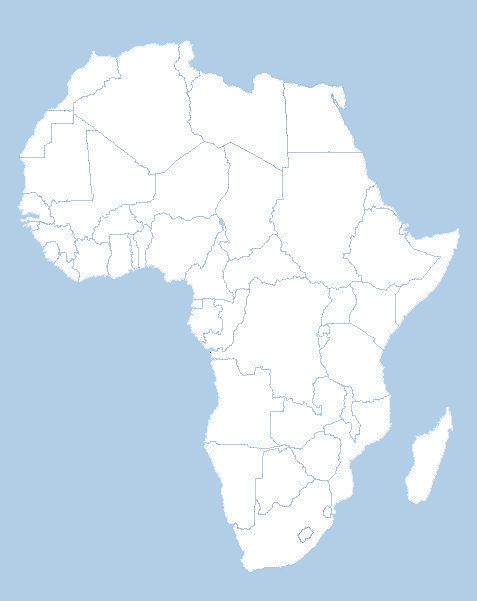
Music performs an integral role in the everyday life and ceremonies of African cultures, which can be seen through the unique songs and instruments produced by these diverse communities. Africa can be divided into seven general geopolitical regions, all of which share musical traditions. The northern and eastern part of the continent are heavily influenced by the neighboring Arabic and Islamic musical styles, while the sub-Saharan regions of central, south, and western Africa are much more diverse. Music accompanies a wide variety of social and cultural functions, which can include food production, clothing and adornment, physical and mental health, transportation, status, and government. Performances can be executed by an individual or a group, but group performances rarely distinguish between the performers and the audience because a relatively large number of people play instruments and participate.
While African music and musical instruments exhibit considerable diversity, there are some characteristics that remain consistent throughout African music. The use of drums varies from region to region, but every African culture utilizes drums in some fashion. Music on the west coast strongly emphasizes them, but drums in Central Africa are not as essential to a performance. Drums in many cultures play an essential role in not only accompanying dance but also in directing the dances. While hand clapping, drums, and other percussion instruments such as rattles are at the forefront of creating rhythms, other instruments are played in a rhythmic manner as well. Bowed string instruments are not played smoothly but with a rhythmic attack, and trumpets are blown melodically but with a percussive effect. Quiet string instruments, such as bows and harps, are finger plucked to produce sharp rhythmic tones. Instrumental music is often based on speech patterns, and talking drums and whistles are associated with communication and their playing can be translated into words. The music produced by these instruments is viewed as an extension of the musician’s voice. Sometimes these instruments are elaborately decorated using animal or human forms. The function of the instrument dictates its sound and shape. Instruments that have specific uses in political, religious, or other cultural contexts often have decorations that reflect the use or significance of the instrument.